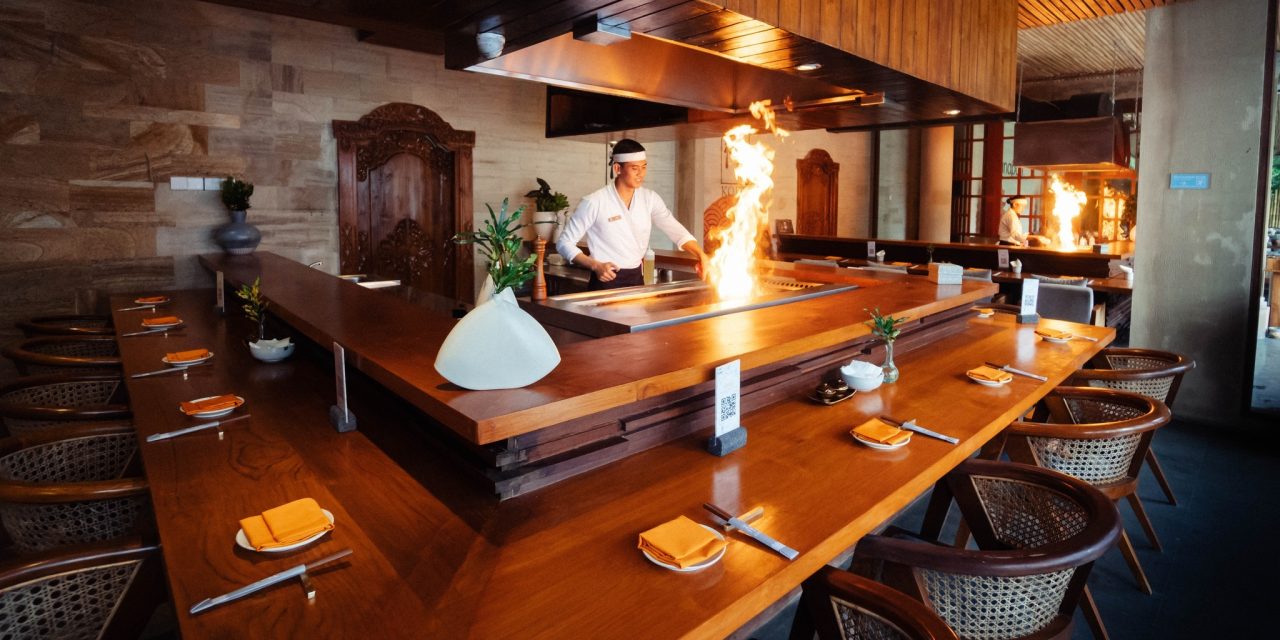Bali, the Island of the Gods, is not just a feast for the eyes with its stunning landscapes and pristine beaches—it’s also a trove of cultural gems waiting to be explored. One of the best ways to immerse yourself in Balinese culture is through temple tours, accompanied by delicious traditional cuisine that tells the story of the island’s heritage. Let’s take a journey together, exploring the spiritual and culinary wonders of Bali.
Finding Spirituality Amongst the Temples
On my recent trip to Bali, I decided to embark on a temple tour that would take me deep into the heart of the island’s spiritual practices. The first stop was Uluwatu Temple, perched majestically on a cliff overlooking the Indian Ocean. The sight was breathtaking, but what struck me even more was the ambiance—the sound of crashing waves mingling with the chanting of offerings being made to the deities.
Pro Tip:
If you decide to visit Uluwatu Temple, try to arrive before sunset. The golden hues of the setting sun create a magical backdrop for your visit, making it the perfect opportunity for stunning photographs.
As we wandered through the intricate stone carvings and lush surroundings, our guide shared fascinating stories about the temple’s history, dating back to the 11th century. It was more than just a sight to behold; it was a living tradition filled with rituals and ceremonies that resonate with the Balinese people.
A Culinary Journey Awaits
After soaking in the spiritual vibe of Uluwatu, we headed to a nearby restaurant that promised traditional Balinese cuisine. I was excited about the culinary experience, as any travel enthusiast knows that food often reflects the culture of a place.
We were welcomed with an array of dishes, all beautifully plated. One highlight was *Babi Guling*, a succulent roasted pig served with a tantalizing mix of spices. To my surprise, I found out that this dish is often prepared for special ceremonies and festivals. The crispy skin paired with the tender meat was a heavenly combination.
Personal Anecdote:
I remember sharing this meal with fellow travelers, each bite sparking conversations about our home cuisines. One traveler from Italy noted how similar this dish’s texture was to certain traditional dishes from his home, bridging our cultural differences through food.
What to Try:
If you’re on a food adventure of your own, don’t miss out on trying *Nasi Campur*, a plate of steamed rice served with various meats and vegetables, or *Sate Lilit*, minced meat wrapped around lemongrass and grilled to perfection. Each dish comes with its own story and connection to the island’s agricultural practices.
The Art of Cooking: A Balinese Culinary Class
To dive deeper into Balinese cuisine, I signed up for a cooking class in the heart of Ubud. This was another exceptional side of my Bali temple tour experience. We gathered fresh ingredients from a local market—vibrant vegetables, aromatic spices, and tropical fruits. It was an explosion of colors that I couldn’t resist snapping pictures of!
The instructor, a lovely Balinese woman named Wayan, shared stories about each ingredient’s significance in Balinese cooking. For instance, she explained how turmeric is not only a key spice in many dishes but also has cultural significance in healing and rituals.
Relatable Scenario:
Imagine standing in a kitchen, surrounded by the smell of fresh spices, while you learn the techniques to prepare *Rendang*—a slow-cooked beef dish that’s a staple at ceremonies. I fumbled with my first attempt at rolling *Sate Lilit*, but Wayan’s laughter and encouragement made it all the more enjoyable. By the end, I was proud to share my dish with my new friends from class, who were equally novice cooks.
Connecting Temples and Tastes
Bali temple tours combined with traditional cuisine offers a truly enriching travel experience. It’s not just about visiting historical sites, but also about tasting the culture. Each temple we visited had its culinary counterpart, whether it was a local warung (small restaurant) serving food next door or a festival dish associated with a temple ceremony.
Final Thoughts
As I reflect on my Bali adventure, I cherish how intertwined the island’s spirituality and culinary arts are. Those moments spent wandering around temples, followed by savoring traditional Balinese dishes, created a connection to the land that was both profound and delicious.
So, when you plan your trip to Bali, remember that the path through its vibrant temples is best paired with the hearty dishes that embody its culture. Whether you’re marveling at the beauty of a sacred site or delighting in a plate of *Nasi Goreng*, you’re experiencing the essence of Bali.
Practical Advice for Travelers:
– Dress Appropriately: When visiting temples, wear a sarong and a sash, which you can often rent at the entrance. It’s a sign of respect.
– Engage with Locals: Don’t hesitate to ask locals about their food or customs. They love sharing their culture!
– Stay Open-Minded: Some flavors might surprise you, but that’s part of the fun of exploring a new cuisine.Embrace the adventure, and let the beauty of Bali’s temples and the warmth of its cuisine create unforgettable memories!






